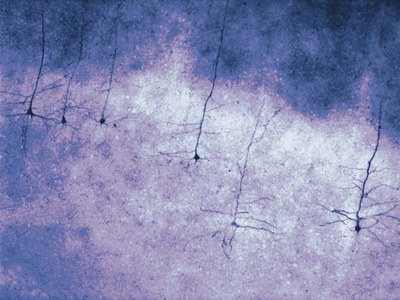Research
A basic feature of intelligent systems like the cerebral cortex is the ability to freely associate aspects of perceived experience with an internal representation of the world and make predictions about the future. We are interested in the computational power of single neurons and their contribution to cortical function. Our main hypothesis is that the extraordinary performance of the cortex derives from an associative mechanism built in at the cellular level to the basic neuronal unit of the cortex - the pyramidal cell (Larkum, 2013). The mechanism is robustly triggered by coincident input to opposite poles of the neuron, is exquisitely matched to the large and fine scale architecture of the cortex and is tightly controlled by local microcircuits of inhibitory neurons targeting subcellular compartments. We are currently testing this hypothesis (“BAC firing”) on many levels using a variety of research techniques including multiple dendritic patch-clamp recordings in vitro, extracellular electrophysiological techniques, calcium imaging, somatic and dendritic patch-clamp recordings in vivo, two photon imaging (in vitro and in vivo).
The laboratory also develops new state-of-the-art techniques including optogenetic approaches and rodent behavioural systems. Our "AirTrack" system for realistic behaviour with head-fixation can be found at: http://www.neuro-airtrack.com/


